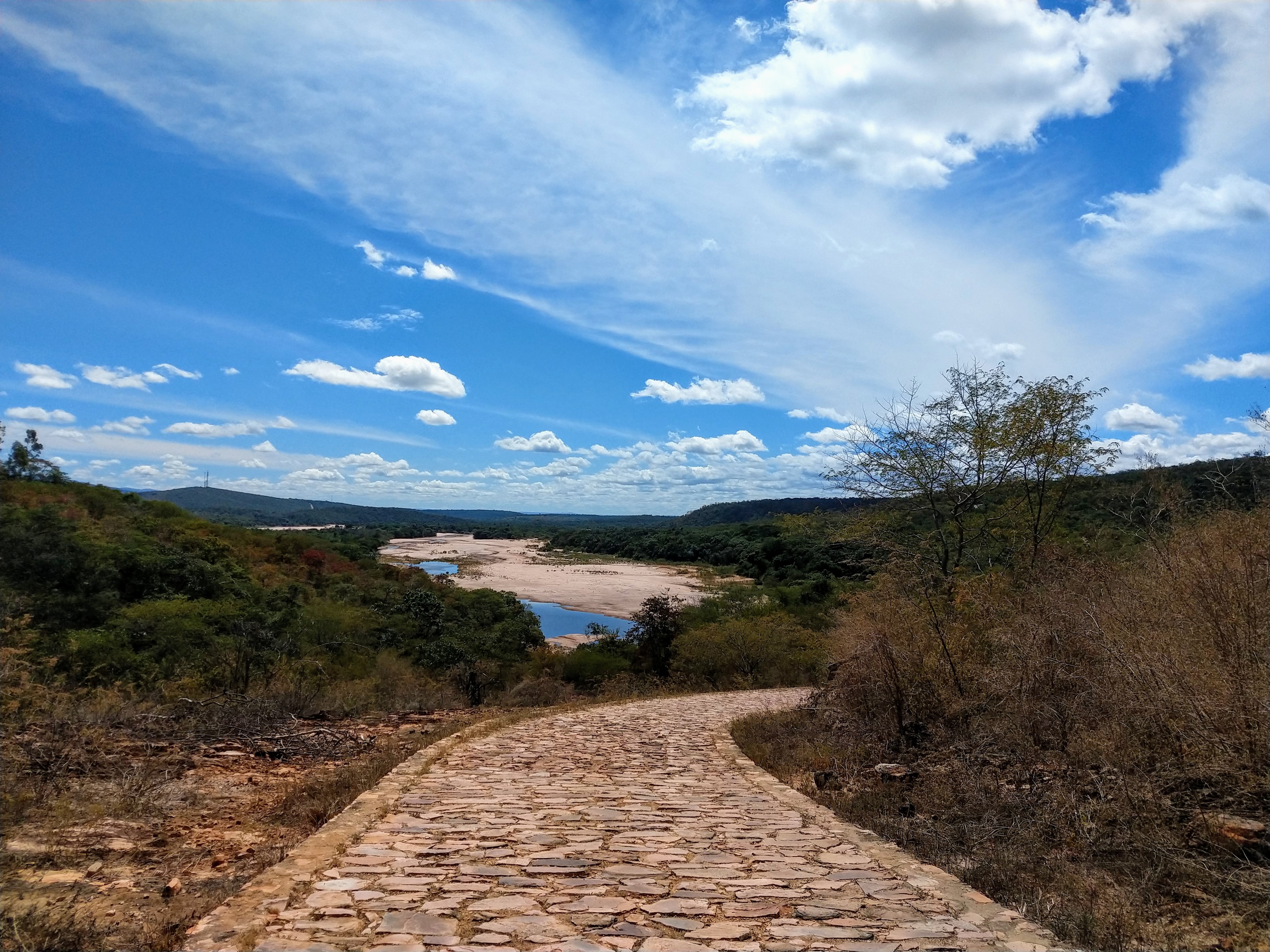In Sepia Tones

A little over five centuries ago, the Portuguese discovered the Brazilian lands. Here, then, indigenous people used to live in harmony with the environment that provided abundance with natural resources. The technology there was underdeveloped compared to the Mayan, Inca, and Aztec people, but a natural wealth was exuberant. It was this richness and diversity that attracted the eyes of the settlers who began to explore without much effort, the value of Brazilian wood.
As the years passed by, other natural riches have been discovered. From colonial to republic times never was there a period when the Brazilian territory denied its inhabitants the necessary resources to live with abundance. As started by the settlers an economy was developed that extracted excessively, without worrying about the erosion of the ecosystem or about the necessary recovery time of nature.
Oil, diamonds, natural gas, gold, silver, vanadium, niobium, uranium and lots of water and fertile land are examples of Brazil’s resource. More than the world’s granary, 90% of the animal protein sold on the international market comes from Brazil which provides seeds, ores, minerals and water resources embedded in the main exported commodities.
Paradoxically, that same country leaves more than 35 million inhabitants without water treatment and another 100 million without access to sewage, compromising the health of the population and degrading water bodies. Educational performance rates are low, but the average cell phone per capita is over 1 and agribusiness technologies are cutting edge. A crop celebration culture records while IBGE (Brazilian Institute of Geography and Statistics) disseminates more than 25% of the population comprises of poor people who survive on less than $6.0 a day. A brand of receptive and joyful people contrasts with the results of the Datafolha survey that says that more than 40% of the adult population wants to leave the country. Among young people aged 16 to 24, this percentage exceeds 60%.
The contradictions evidence several errors that are not restricted to new century governments or specific currents of thought, once they began centuries ago as a small movement of water that turns into large waves no longer navigable. However, dismantling the remaining institutional and legal frameworks will certainly aggravate the situation, promoting degradation at accelerated and even more alarming levels. Environmental policy is a life policy of current and future generations and should not be subject to illusory temporary and concentrated financial gains in the hands of the few. Nor should knowledge be enclosed in the academic realms without governments, society and companies being able to contribute, criticize and evaluate. Between science and culture, academia and society, public policy and parties there should be no levels of hierarchy, but links of cooperation. The sustainability discourse is no longer based on the survival of those who will come, but on those who already are, because the changes already impact on daily life. The future has become present and it has sepia tones.
Telma Teixeira. RHIOS August 2019 (translation from portuguese by Leila FONTOURA)
Read other texts by Telma Teixeira

